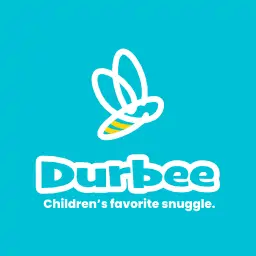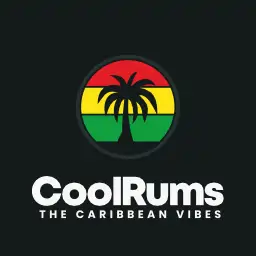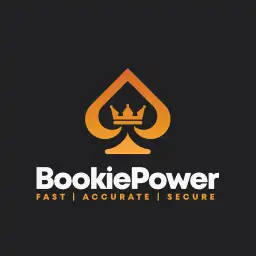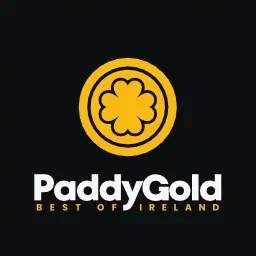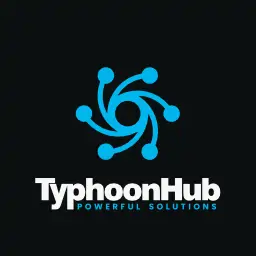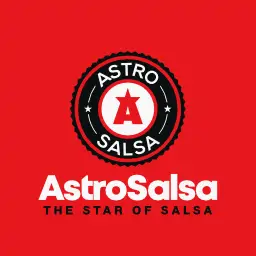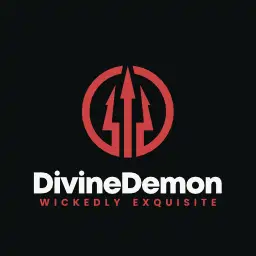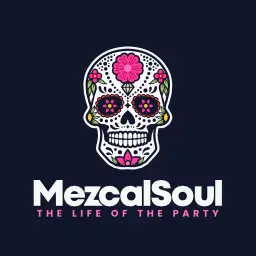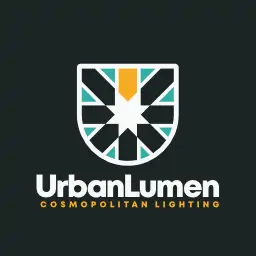What is Branding?
Branding is more than a logo or a clever tagline. At its core, branding is the process of creating a distinct identity for your offering in the mind of your target audience. From you visual identity (logos, colors, typography) to your purpose, values, voice, and the resonance of your customers’ experience, branding gives your offering an appealing and memorable point of contact, allowing customers to have a closer, more intimate relationship with your product, and setting it apart from the competition. Jeff Bezos once said, “Your brand is what other people say about you when you’re not in the room. ” That’s a brand in a nutshell. And branding is a verb that refers to the marketing practice of making that perception stand out, be unique, superior, easy to remember and share, and profitable.












What is Branding?
Branding is more than a logo or a clever tagline. At its core, branding is the process of creating a distinct identity for your offering in the mind of your target audience. From you visual identity (logos, colors, typography) to your purpose, values, voice, and the resonance of your customers’ experience, branding gives your offering an appealing and memorable point of contact, allowing customers to have a closer, more intimate relationship with your product, and setting it apart from the competition. Jeff Bezos once said, “Your brand is what other people say about you when you’re not in the room. ” That’s a brand in a nutshell. And branding is a verb that refers to the marketing practice of making that perception stand out, be unique, superior, easy to remember and share, and profitable.
The word "brand" comes from the Proto-Germanic word "brandaz", meaning to burn. Initially used referring to the act of burning a mark on livestock using a branding iron, to claim ownership. Over time the concept evolved into our modern concept of a brand. Some of the original iron brand concepts still remains. For instance, a prominently displayed logo, with recognizable coloring, that displays professionalism and the values of the target audience, isn’t just alluring, it also communicates pride in the offering and the excellence that goes into making it, hitting two of the four chief decision influencing parameters (quality and ingredients). It also resonates, creating a kinship with the target audience, alleviating the marketing losses from the 81% exposed to the offerings and who do not buy over brand mistrust.
We can help you make sense of branding and provide assistance developing your custom brand, perfectly suited for the business tone you need to set for your application and target audience.

